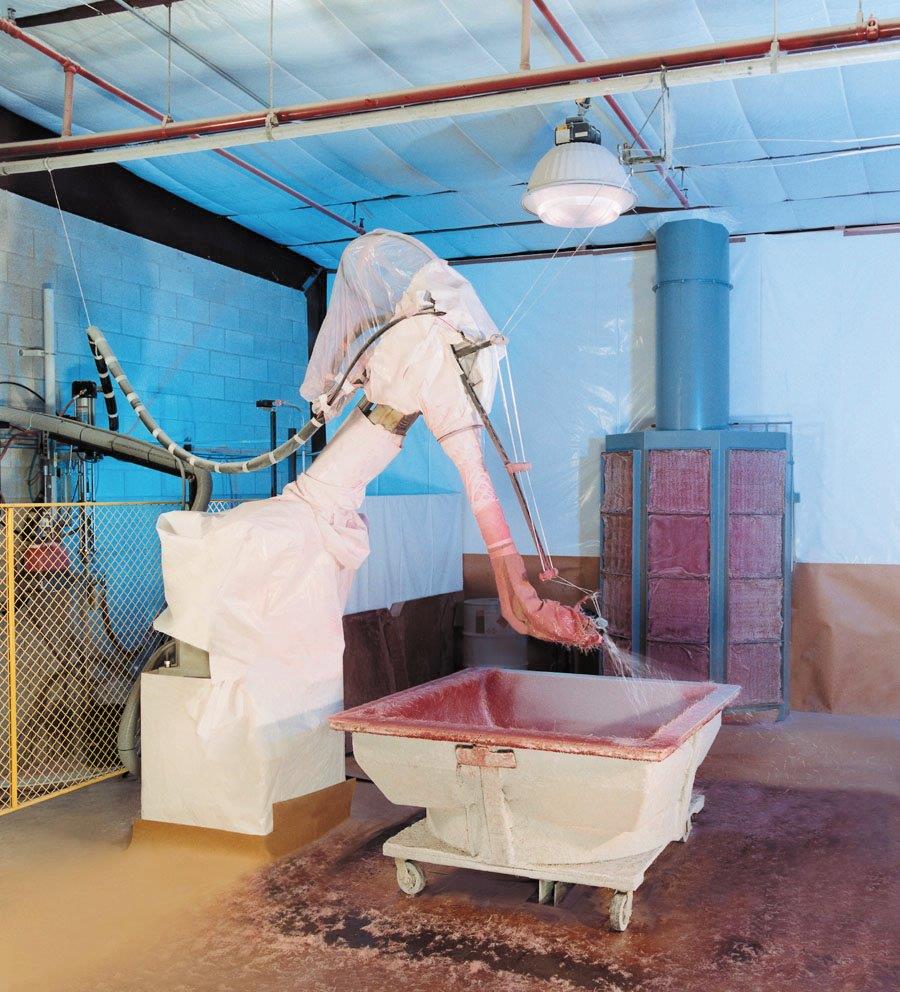The compounding impact of increasing environmental regulations, rising material costs, and pressure to innovate are driving boat, swimming pool, and shower stall manufacturers to turn to robotic solutions for fibreglass and gel coat applications within the composite sector. The gains in product quality and reliability, material savings and wastage, labour savings, improved cycle times, increased employee safety and reduced emissions cannot be ignored.

Product quality and reliability: In a world where social media has made the voice of the customer far more public, warranty returns and defective materials that elude quality assurance practices and make it into the field can be very damaging to the reputation of manufacturers. Further to this is the cost and time associated with rework within the manufacturing process. If the application is applied too thick, the surface becomes susceptible to cracking – too thin and the gelcoat won’t cure correctly, resulting in durability and appearance concerns. A robotic solution provides a repeatable outcome that can improve these product quality and performance issues through improved consistency and uniformity.
Material savings and wastage: Reducing waste at the point source of origin is the key to material savings. Robots and their dispensing systems are very accurate, with precise trigger timing and constantly repeatable motion dramatically reducing variance in the amount of resin or fibreglass used. A robotic application pattern reduces overspray and the possibility of building unnecessary film over the same area multiple times, leading to material optimisation and a reduction in material waste. Closed loop material delivery systems can be included in a robotic solution to monitor and provide consistent fibre chop application, adjusting the amount of fibre material delivered in line with minor changes in the manufacturing environment.
Shorter cycle times: A robot can repeat difficult ergonomic tasks with speed and accuracy. Normally, the robot is limited by the application speed, which best practice may dictate as 600 to 800 mm/s, however the robot is able to transition between trigger ON and OFF points at much greater speeds. Because fan patterns can be varied, it is typical that a robotic cycle time will be less than compared with manual operation, and the film is typically more consistent. A robotic solution is often able to operate across multiple shifts, amortising the value of the equipment and the factory when competing on a global platform for manufacturing economies of scale.
Increased employee safety and the environment: Removing manual operators from potentially hazardous fumes in a resin or fibre chop application can support improvements in workplace safety. Robots can be designed to operate in Class 1 Division 1 environments, meaning potentially hazardous tasks can be completed in a far safer manner, reducing the exposure of employees in a manufacturing facility to potentially hazardous environments.
The environmental, financial and quality benefits of introducing robotic automation to the composite industry cannot be overlooked, as manufacturers continue to strive to compete on a global platform.
Send an enquiry:
Click an Application to Explore Further:
FANUC Robots Australia | Paint Robots for Surface Finishing | Welding Robots by FANUC | Machine Tool Tending Robots | Fibreglass and Gelcoat Robots | Palletising Robots | Robotic Vision Inspection Systems | Plastics Painting | Deburring and Polishing | Sealing and Dispensing | Picking and Packaging | Material Removal Robots | Shot Blasting and Peening |
More (Recent) News Stories from Automation Solutions Australia:
Deburring Machines | Robots a Historical Overview | Robotics Engineering | Automatic Paint | Robotic Loading Systems for CNC | Unlocking Your Manufacturing Potential | Spray Painting Robots | Automatic Sandblasting | CNC Mills | Automated Welding | Unlock the Future with Automation Systems | Robot Company, The Automation Era | Choosing an Automation Company | Harness the Power of Robotics with ASA | Robotic Painting | Automotive Welding | The Path to Machine Tool Automation | System Integrator Australia | Robotic Welders | Automate your CNC | Automation Company | Electrical Design | Human Machine Interface | Plastic Paint Robots | PLC Programming | Robotics Australia | Solutions | Industrial/Manufacturing Robots | Industrial Engineering | FANUC Robot | Shot Blasting | Robotic Automation Solutions | Industrial Automation | FANUC Industrial Robots | FANUC Collaborative Robots | FANUC Palletising Robots | Robotic Palletisers | Robotic Fibreglass Spray Machines | CNC Machine Automation | Robotic Arm – An Industry Guide | The Cobot | Automation Robotics | Custom Automation Solutions | Assembly Robots | Automate your Paint Booth | Ceramic Coating – Cerakote | Automotive Automation | Pick and Place Robots | Understanding Industrial Automation | PLC Automation | Arc V Spot Welding | What is Cerakote? | CNC Machines Australia | What is a Robotic Cell | Robotics Systems with ASA | What is ARC Welding? |PLC Controls | Collaborative Robots – What are they? | Welding Automation |


